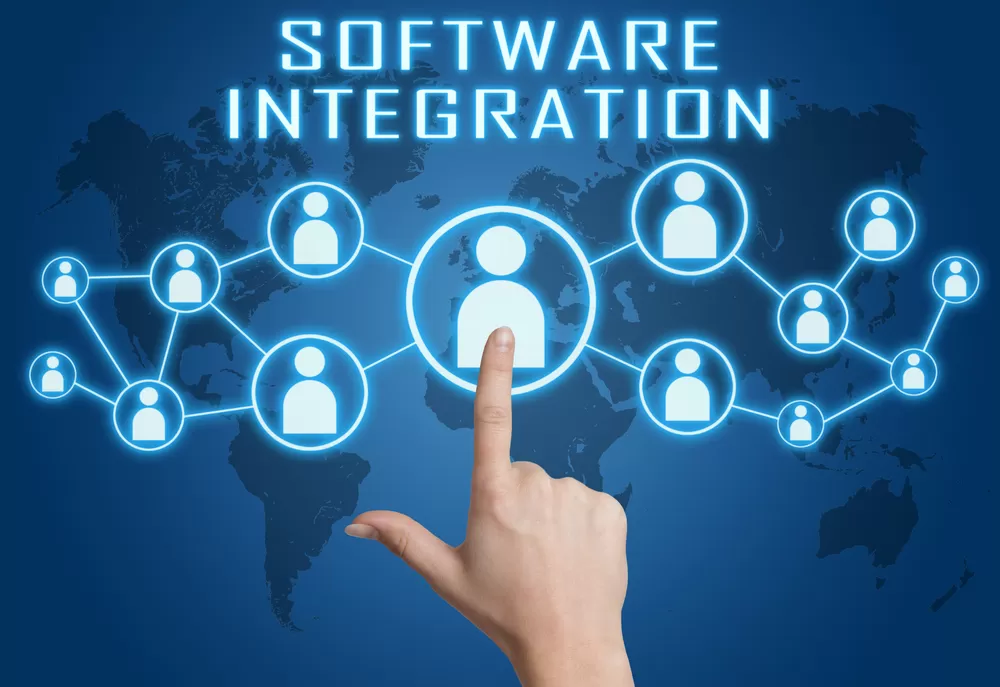When you’re thinking about getting an applicant tracking system (ATS) or upgrading your current ATS, it’s important to consider which features you truly need. ATS solutions come with different features and offer differing customization options, so figuring out which features will be important ahead of time can help you through every phase of your ATS project.
Our 2024 Preferred HR Software Partners

BambooHR Software
By BambooHRCompany Name
BambooHR
Suitable Company Sizes
Small, Medium
Support Available
Android, IOS, Web Browser, Windows
Data Migration Aid and Mapping
When you start switching over to a new system, you will need to migrate your data from the old system to the new. It’s helpful to think about just what that will entail ahead of time. If major changes will have to be made to the data to get it to fit the format of your new system, it may be prudent to make sure that the vendor offers data mapping and migration support.
Candidate Reach
An ATS can make it possible for you to post to job boards and social media sites with a few clicks and few seconds. However, not all ATS solutions will work with all sources and not all sources will be necessary for you. Instead of blasting out your job ad through every available medium, carefully consider where your job ad will likely be seen by your ideal candidates and customize accordingly.
Candidate Score Cards
Candidate score cards allow you to rank interviewees answers to questions, making it easy to compare those answers later. Depending on the size and structure of your organization, this feature may be very helpful or highly unnecessary. Decide whether it would actually benefit you before opting to put it in place.
Filtering Options
If your company receives a large number of applications, filtering options can help save time while bringing the best applicants to the surface. This is especially true if you tend to receive applications from a large number of unqualified candidates. However, if these situations don’t regularly occur, filtering options may just make your recruitment process unnecessarily cumbersome.
Application Management
Some sort of application or resume management system is expected from every ATS, but figuring out an applicant management system that will best suit your organization may help you to identify the best ATS for you. Visualizing your ideal application management system may also serve as a guide when you customize your database or candidate profile templates.
Automated Alerts
If your recruiters or hiring managers are constantly busy and have multiple engagements to remember, selecting an ATS with automated alerts and setting them up for use may be helpful. If your hiring managers double as front line managers and only have a few engagements per week, on the other hand, this feature may not be necessary.
Workflow Management
Workflow management is very helpful for large organizations in which there are multiple touch points along the hiring process pipeline. Having hiring responsibilities pass from one professional to the next with alerts and transparent staging identifiers can foster cohesiveness and speed the time to hire. For companies that don’t have many touch points in the hiring process or whose hiring personnel works closely every day may not need this option.
The plethora of ATS features that can be used to improve your hiring process is impressive, but don’t let the glam draw you in. If you don’t need certain features, leaving them behind can save you money and time.










